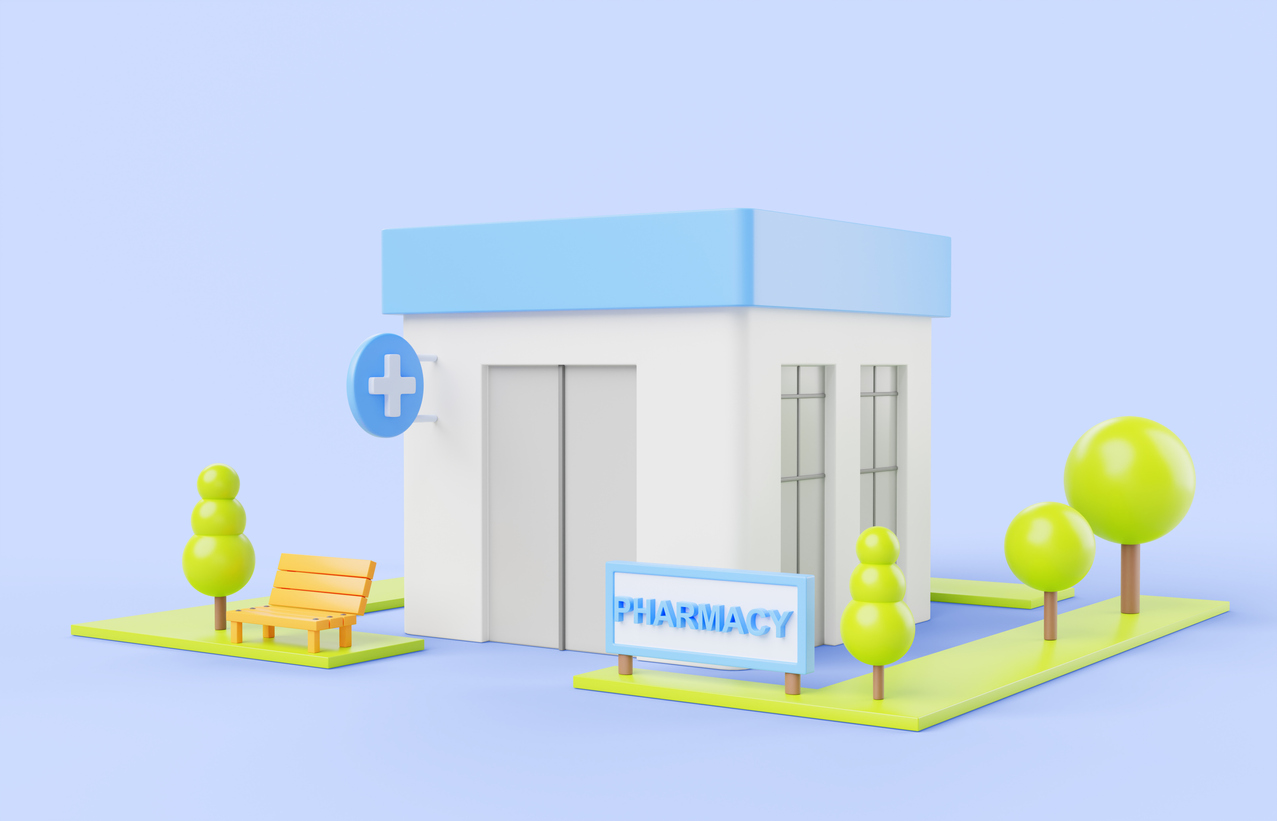Set Clear Goals & OBJECTIVES
Before diving into the details of exhibiting at a pharmaceutical trade show, take the time to clearly define specific and measurable goals. Instead of a broad objective like “increasing brand exposure,” consider a more targeted approach, such as “boosting brand visibility among healthcare professionals by 30%.” For lead generation, set a specific number of qualified leads you aim to gather, and for partnerships, outline the type of collaborations you want to establish.
Having these well-defined objectives will not only guide your exhibition strategy but will also provide a clear benchmark for measuring success. This focused approach allows you to tailor every aspect of your trade show participation to align with these specific goals, ensuring a more effective and purposeful presence at the event.
Strategic Booth Placement
When deciding on the location of your booth at the trade show, get specific about your strategy. Instead of a general desire for “maximizing visibility,” pinpoint key areas that align with your goals. If lead generation is a priority, aim for a spot near the entrance where attendees often first explore. Alternatively, strategically position your booth close to influential industry players or relevant conference sessions if building partnerships is a key objective.
Analyze the venue’s layout, identify high-traffic zones, and choose a location that not only attracts attention but also strategically aligns with your specific goals for the trade show. By being intentional about your booth placement, you increase the likelihood of engaging with the right audience and achieving your defined objectives.
Engaging Booth Design
When focusing on your booth design, precision is key. Rather than a general call for an “eye-catching” design, delve into specifics. If your brand is launching a new pharmaceutical product, ensure that the booth design not only reflects your brand identity but also prominently features the product in a visually compelling way. Utilize high-quality visuals, incorporating your product logo, color scheme, and any unique selling points.
Incorporate clear and concise signage that communicates your key messages and benefits. If your goal is to facilitate product understanding, consider interactive elements like touchscreens or product demonstrations within the booth at your trade show. Additionally, ensure that the booth layout is optimized for easy navigation, with designated areas for product showcases, informational materials, and staff interactions. A purposeful and immersive booth design, tailored to your specific brand and objectives, will captivate attendees and leave a lasting impression. Take a look at this post where we highlight the advantages of engaging with an experiential company that customizes every aspect to suit your unique requirements.
The importance of a project management team
When it comes to staffing your booth, go beyond general training and highlight the need for a dedicated project management team. Your booth staff isn’t just a representation; they are the frontline ambassadors of your company. Equip them with in-depth knowledge not only about your products or services but also about the overarching goals and objectives of your presence at the trade show.
Establish a project management team within your booth staff responsible for overseeing various aspects, such as logistics, scheduling, and ensuring a seamless attendee experience. Provide them with detailed insights into the intricacies of the event, including the specific goals you’ve set. This team should be adept at problem-solving, quick decision-making, and effective communication. A well-prepared and strategically organized project management team enhances not only the knowledge base of your booth staff but also contributes significantly to the overall attendee experience. Their ability to manage the booth as a project ensures a cohesive and impactful presence at the trade show.
Interactive Displays and Demos
Tailor your approach to align with your specific goals. If your focus is on launching a new pharmaceutical product, create immersive demonstrations that showcase its unique features and benefits. Implement hands-on experiences that allow visitors not only to observe but actively engage with your offerings.
Consider incorporating touch points that guide attendees through the product’s functionalities or allow them to experience its benefits firsthand. This targeted approach ensures that the interactivity is purposeful and directly contributes to achieving your goals. Whether it’s a virtual reality experience, a live demonstration, or a guided tour of your product, these hands-on encounters enhance attendee understanding, providing them with a memorable and personalized connection to your offerings. The goal is to create an impactful and lasting impression that resonates with the specific objectives you’ve set for your pharmaceutical trade show participation.
Networking and Relationship Building
If your goal is to establish research collaborations, prioritize scientific symposiums or specialized workshops. If seeking partnerships with suppliers, engage in supplier-focused networking sessions.
Participate in seminars that directly relate to your offerings or industry challenges you aim to address. Actively seek out and connect with exhibitors whose services complement your products. Establish a dedicated networking team within your booth staff responsible for forging connections that align with your specific goals.
Furthermore, emphasize the importance of follow-up strategies post-event. Provide your networking team with tools and templates for effective post-event communication to nurture the relationships built during the trade show. By tailoring your networking efforts to align with specific goals, you increase the likelihood of forming meaningful collaborations and partnerships within the pharmaceutical community.
Utilize Social Media
Refine your social media strategy to maximize its impact on your trade show goals. Outline specific content themes tailored to your objectives. If unveiling a groundbreaking product, tease its features before the event, sharing exclusive sneak peeks and behind-the-scenes footage to generate anticipation.
Utilize platform-specific strategies; for instance, on Instagram, leverage visually appealing content, while on Twitter, actively participate in relevant event hashtags and industry conversations. Encourage your audience to engage with polls, Q&A sessions, or exclusive giveaways tied to your booth activities.
Implement a content calendar that aligns with the event timeline, ensuring a consistent flow of updates and announcements. Leverage event-specific hashtags to increase visibility, and consider creating a branded hashtag that ties directly into your booth theme or product launch.
Furthermore, equip your booth staff with guidelines on real-time social media interactions. Encourage them to actively engage with attendees online, respond promptly to inquiries, and share live updates directly from the event floor.
By customizing your social media approach to match your specific goals, you amplify the impact of your online presence, driving targeted attention to your pharmaceutical trade show booth and fostering a deeper connection with your audience.
Follow-Up and Measurement
If lead generation is a key focus, outline a timeline for follow-up emails that includes personalized content related to the specific interests of each lead. Provide your booth staff with templates and resources to facilitate seamless post-event communication. Check out this Indeed article that highlights the importance of following-up and how to do so.
Moreover, emphasize the importance of a segmented follow-up approach. If you’ve identified distinct categories of leads, such as potential collaborators or prospective clients, customize your follow-up messages to address their unique needs and interests.
In terms of measuring success, be explicit about the metrics that matter most to your objectives. If brand exposure is a goal, track social media mentions, shares, and follower growth attributed to the event. For lead generation, delve into metrics like the number of qualified leads acquired and their conversion rates. Analyze attendee interactions through surveys or post-event interviews to gauge the impact of your booth experience.
Encourage your project management team to conduct a thorough post-event analysis, summarizing key metrics and insights. This detailed evaluation not only informs future trade show strategies but also ensures that your follow-up efforts are informed by concrete data, maximizing the effectiveness of your post-event engagement.
In conclusion, a successful pharmaceutical trade show presence is contingent upon a strategic and goal-oriented approach. The culmination of these efforts lies in the meticulous measurement of success, where tracking specific metrics tied to your goals provides valuable insights for future strategies. Remember, a well-executed trade show strategy not only fosters immediate connections but also lays the groundwork for enduring collaborations and advancements in the pharmaceutical industry.

